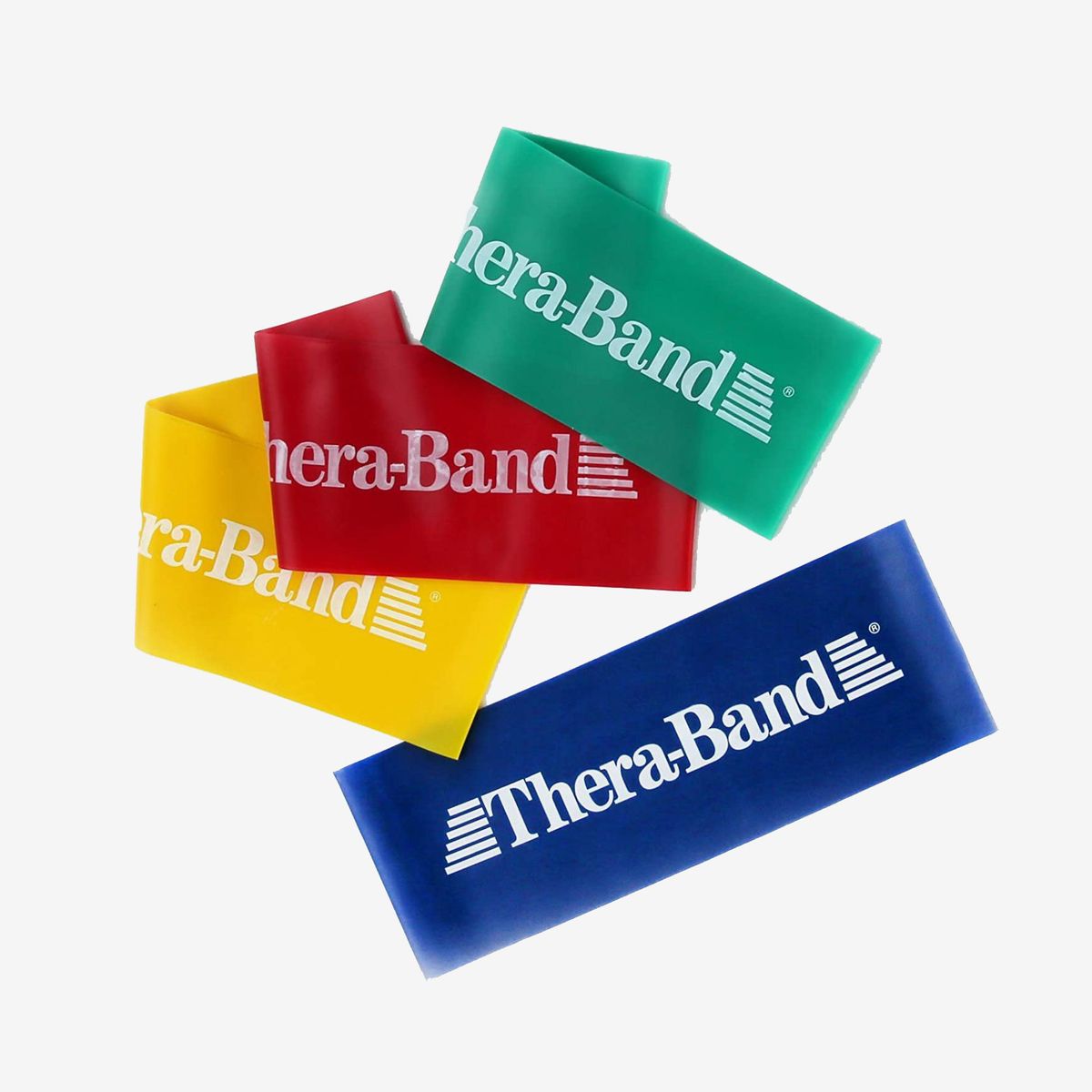What is a resistance band?

Resistance bands are an excellent addition to any workout regimen, whether you're rehabilitating injuries or taking strength in. Available in a selection of resistance levels, resistance bands have quickly become the latest craze in the fitness community over the past five years.
It’s an elastic band that is mainly used for strength training and muscle rehabilitation. They are typically made of latex or rubber, are available in numerous resistance levels, and come in different shapes and patterns (flat bands, loops, tubes, etc.).
The earliest record of a resistance band
Gustav Gossweiler, a Swiss inventor, filed the first patent for a gymnastic apparatus in Switzerland on May 28th, 1895. The design of Gossweiler's invention was very similar to some resistance bands that are still in active use today. Gossweiler, along with a patent for the same product in the United States, pioneered the American market for resistance bands.
Why should I use a resistance band?
- Because resistance bands are quite light and simple to pack, they let you carry them with you no matter where you go and use in a hotel or park. Because of their relative simplicity, they take up less space than dumbbells when traveling.
- Mix up your physical fitness routine. You can incorporate the band into your physical therapy to open up previously untried exercises, or you could concentrate on performing multiple activities that will work out the whole body. The bands also provide an effortless warm-up before challenging exercises.
- There's a band befitting everyone's resistance level. Resistance bands are out there in a wide range of resistance settings. This means there is an exercise choice that will fit everyone's needs. Thera-Band makes it simple for you to locate your best band with a color-coded progression system.
How to start using resistance bands?
Resistance belts include simple, flat therapy bands, flat lap bands, and tubing with interchangeable handles that make them more versatile.
Choose a set of bands with varying resistances or tension levels. Bands often are color-coded, with progressively more resistance accumulating as the different colors advance. (Execution becomes increasingly difficult with the progression of tension, so if you try to lift more weight, you're using increasingly powerful bands.)
The higher the need for force for an exercise, the more resistance you will need with the rubber band. (As an example, you might need more tension for a chest press than a bicep curl.)
What color Thera-Band resistance band should I use?
The color-coded band resistance system incorporated in Thera-Band resistance bands makes it easy for you to find your correct fit and ensures you can reach exactly the same level of resistance every time. You can also double up the bands or let them fit together and build the resistance by adding two pieces. The Thera-Band also offers High-Intensity Bands. It adds more resistance and adds a greater exercise difficulty level to more advanced sports activities and athletes, as well as individuals interested in more strenuous activities.
What are the Benefits of using resistance bands?
Resistance bands started as a method for assisting elderly people to develop strength. Soon enough, they grew in popularity because the public identified the truth that the bands are good for general health and wellbeing.
Advantages of resistance bands include:
- Adaptability. You can fine-tune your fitness routine by modifying any movements that you come across. And fitness bands allow you to alter the intensity of your workout by tightening or lengthening the band.
- Resistance bands can easily be carried along with luggage so that you are able to go almost anywhere. Powerlifting weights are much more difficult to repack in a box, and you won't beat the metal detector to receive them through security.
- Strength-training equipment with an excellent set of exercise bands costs roughly $25, whereas equipment is the cheapest among those on the market.
5 simple resistance band exercises
- 1 Chest press. Wrap the band's resistance band behind your back, holding both ends with your hands. Starting with your arms on your sides and elbows bent, push up the band in front of you as you straighten your elbows, and hold for one second.
- Squat. Stand on the resistance band with both hands and grab both ends of the band. While in the squatted position and holding the resistance band, extend your knees (up) into a standing position. Lower and repeat.
- While standing, step on the resistance band. With your arms at your side holding the band, draw up your hand by bending at the elbow and holding for one second. Keep your palms facing upward the entire time.
- Attach the resistance band securely to the door. Holding the band with both hands, pull back the band as you bend your elbows. Keep your elbows near the side of your body.
- Lie on your side with one leg on top of the other while bending your knees slightly. Loop a resistance band around both thighs. Keeping your legs together, lift your top knee. (The motion should resemble the opening of a clamshell.) Switch sides after each set.
Conclusion
Elastic resistance bands are lightweight, easy to store, and less expensive than a gym membership. Their diversity of resistances allows individuals, from athletes in rehabilitation to trainees, to use them effectively. Ready to begin your workout? You can check our website Pro Therapy Supplies to start looking out for the Resistance Band that’s right for you!
Here at Pro Therapy Supplies, we offer different Theraband products. We have, Thera-Band Exercise Accessories, Thera-Band Exercise Balls, There-Band Tubings, and many more. You may also call us at 770-441-9808 for further assistance.
Start writing here...

